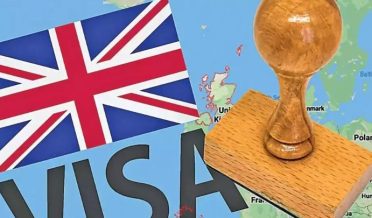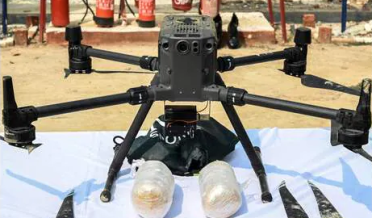The monarchy of the United Kingdom, commonly referred to as the British monarchy, is the constitutional form of government by which a hereditary sovereign reign as the head of state of the United Kingdom, the Crown dependencies (the Bailiwick of Guernsey, the Bailiwick of Jersey and the Isle of Man) and the British Overseas Territories. The current monarch is Queen Elizabeth II, who ascended the throne in 1952.The monarch and their immediate family undertake various official, ceremonial, diplomatic and representational duties. As the monarchy is constitutional, the monarch is limited to functions such as bestowing honours and appointing the prime minister, which are performed in a non-partisan manner. The monarch is also Head of the British Armed Forces. Though the ultimate executive authority over the government is still formally by and through the royal prerogative, these powers may only be used according to laws enacted in Parliament and, in practice, within the constraints of convention and precedent. The Government of the United Kingdom is known as Her (His) Majesty’s Government.The British monarchy traces its origins from the petty kingdoms of Anglo-Saxon England and early medieval Scotland, which consolidated into the kingdoms of England and Scotland by the 10th century. England was conquered by the Normans in 1066, after which Wales also gradually came under control of Anglo-Normans. The process was completed in the 13th century when the Principality of Wales became a client state of the English kingdom. Meanwhile, Magna Carta began the process of reducing the English monarch’s political powers. From 1603, the English and Scottish kingdoms were ruled by a single sovereign. From 1649 to 1660, the tradition of monarchy was broken by the republican Commonwealth of England, which followed the Wars of the Three Kingdoms. Following the installation of William and Mary as co-monarchs in the Glorious Revolution, the Bill of Rights 1689, and its Scottish counterpart the Claim of Right Act 1689, further curtailed the power of the monarchy and excluded Roman Catholics from succession to the throne. In 1707, the kingdoms of England and Scotland were merged to create the Kingdom of Great Britain, and in 1801, the Kingdom of Ireland joined to create the United Kingdom of Great Britain and Ireland. The British monarch was the nominal head of the vast British Empire, which covered a quarter of the world’s land area at its greatest extent in 1921.In the early 1920s the Balfour Declaration recognised the evolution of the Dominions of the Empire into separate, self-governing countries within a Commonwealth of Nations. In the years after the Second World War, most British colonies and territories became independent, effectively bringing the Empire to an end. George VI and his successor, Elizabeth II, adopted the title Head of the Commonwealth as a symbol of the free association of its independent member states. The United Kingdom and fourteen other independent sovereign states that share the same person as their monarch are called Commonwealth realms. Although the monarch is shared, each country is sovereign and independent of the others, and the monarch has a different, specific, and official national title and style for each realm.Although the British monarchy is supported by a plurality of people across most age groups in Great Britain, it is among over 65-year-old’s where the level is support is highest at 81 percent. Different poll showed that Young people in Britain no longer think the country should keep the monarchy and more now want an elected head of state, with their mood souring over the last few years.The British monarchy traces its history back to William the Conqueror who invaded England in 1066, though royals ruled the patchwork of kingdoms which stretched across what became England, Scotland and Wales for centuries before that. According to the survey by YouGov, 41% of those aged 18 to 24 thought there should now be an elected head of state compared to 31% who wanted a king or queen. That was a reversal of sentiment from two years ago, when 46% preferred the monarchy to 26% who wanted it replaced. However, overall the survey had better news for Queen Elizabeth, 95, and the royal family, with 61% favouring the monarchy while just under a quarter thought it should be replaced with an elected figure. The last year (April 21, 2022) have been difficult for the Windsor with the death of the queen’s 99-year-old husband Prince Philip in April and the crisis that followed the interview by Elizabeth’s grandson Prince Harry and his wife Meghan with U.S. chat show host Oprah Winfrey in March. Previous polls have indicated an age divide, with younger generations holding more favourable views of Harry and Meghan than their older counterparts who had overwhelmingly negative feelings about them. While there is no possibility of an end to the monarchy while the queen remains on the throne, there is concern for the royals about a declining support among younger Britons.
 251
251






